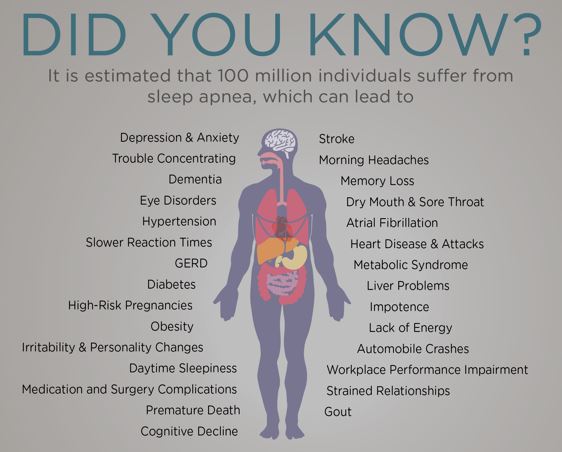CPAP vs. BiPAP: What’s the Difference and Which Is Right for You?
CPAP vs. BiPAP: What’s the Difference and Which Is Right for You?
If you or a loved one has been diagnosed with obstructive sleep apnea (OSA), your healthcare provider may recommend Positive Airway Pressure (PAP) therapy. Two of the most common PAP devices are CPAP (Continuous Positive Airway Pressure) and BiPAP (Bilevel Positive Airway Pressure). But what’s the difference between the two? And how do you know which one is best for you?
At Comprehensive Sleep Care Center, we’re here to help you understand your options and guide you toward the most effective sleep apnea treatment.
What Is CPAP?
CPAP therapy delivers a continuous, steady stream of pressurized air through a mask to keep your airways open while you sleep. It is the most commonly prescribed therapy for moderate to severe obstructive sleep apnea.
Benefits of CPAP:
- Proven effectiveness for OSA
- Reduces snoring and daytime fatigue
- Enhances oxygen levels during sleep
- Lowers risk of heart disease, stroke, and other complications
- Widely available and supported
Best for: Patients with uncomplicated obstructive sleep apnea who can tolerate a consistent pressure.
What Is BiPAP?
BiPAP therapy, also known as BPAP, uses two pressure levels: a higher pressure when you inhale (IPAP) and a lower pressure when you exhale (EPAP). This makes it easier to breathe out, especially for those who struggle with exhaling against a fixed pressure.
Benefits of BiPAP:
- More comfortable for patients who require higher pressure settings
- Helpful for patients with central sleep apnea, complex sleep apnea, or chronic respiratory conditions like COPD
- May improve adherence for those who find CPAP uncomfortable
Best for: Patients with complex or central sleep apnea, obesity hypoventilation syndrome, or those who cannot tolerate CPAP.
How to Choose Between CPAP and BiPAP
Choosing the right device depends on your diagnosis, comfort level, and doctor’s recommendation. At Comprehensive Sleep Care Center, our sleep specialists and respiratory therapists work with you to determine the most appropriate and effective therapy for your individual needs.
Get Help with Your Sleep Apnea Today
If you’ve been prescribed CPAP or BiPAP—or you’re not sure which is right for you—we’re here to help. Our team offers expert evaluation, machine fittings, education, and ongoing support to ensure your therapy is effective and comfortable.
Contact us today to schedule your consultation or call us at (703) 729-3420 to speak with a sleep specialist.
Don’t wait to get the sleep you deserve. Trust the experts at Comprehensive Sleep Care Center to guide you every step of the way.
Comprehensive Sleep Care Center is proud to serve patients at the following locations:

